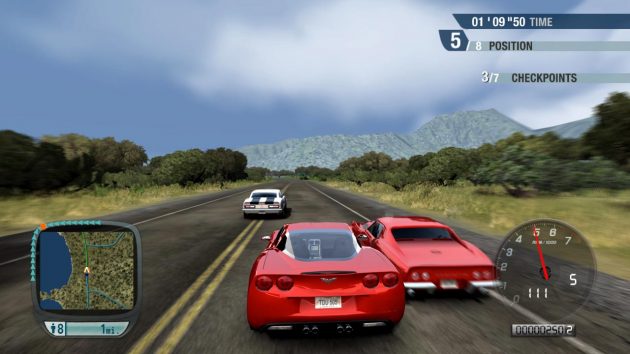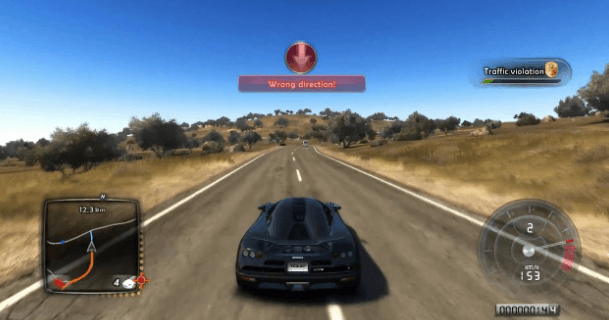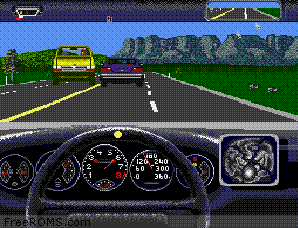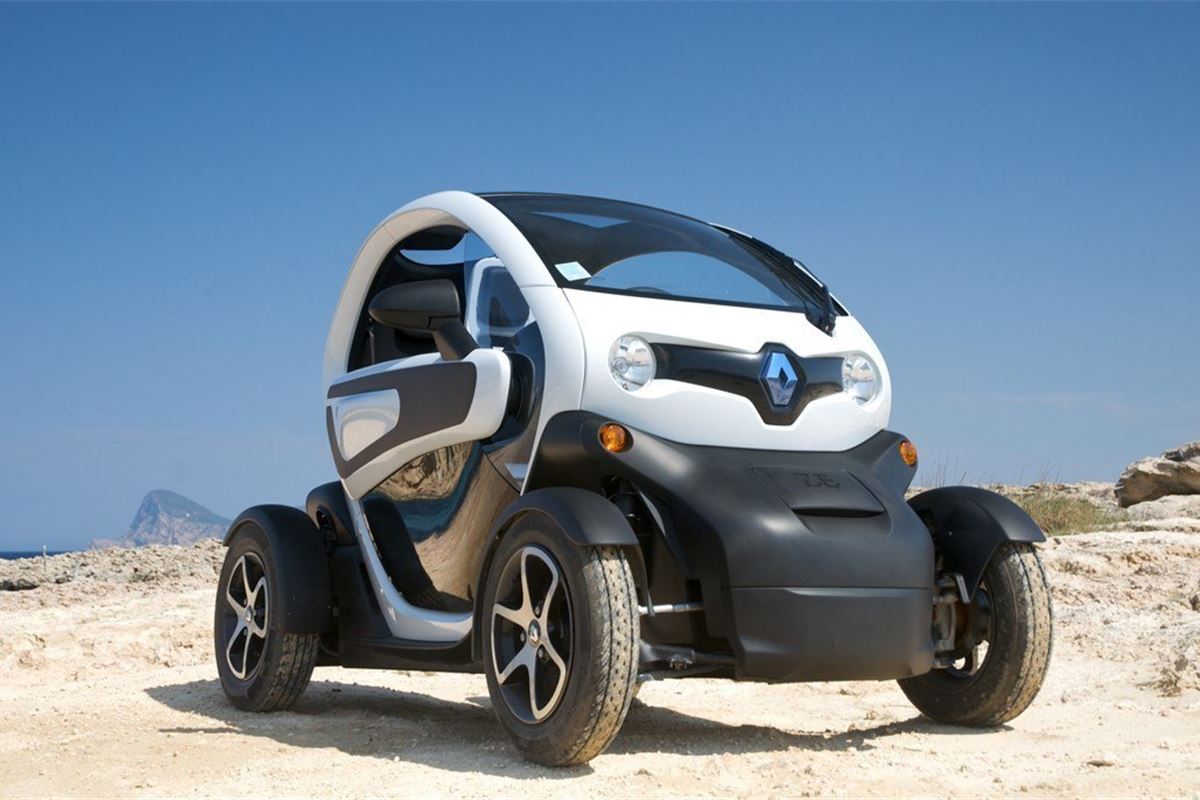
Turning the CX-30's wheel off center reveals pleasantly linear responses and confidence-inspiring body control. But those near-300-horsepower alternatives come with a five-figure premium over the CX-30 Turbo's $31,225 starting price.

To find something quicker requires stepping up to one of the small, sporty options from BMW, Jaguar, Mercedes-AMG, or Mini. Among subcompact SUVs in this price range, the updated Mazda's acceleration makes it one of the swiftest options out there.

Perhaps more important day-to-day, the addition of a turbocharger helped to trim 1.1 seconds from the regular CX-30's 50-to-70-mph time, making it far easier to overtake slower traffic on back roads. Our 3472-pound test car surged to 60 mph in 5.8 seconds, compared with 7.6 seconds for our long-term CX-30, and returned a respectable 14.3-second quarter-mile at 97 mph. The all-wheel-drive CX-30 Turbo, which weighs 80 pounds more than the boosted 3 sedan, posts a similar gain. In our testing of the latest all-wheel-drive Mazda 3 sedan, the switch from the base engine to the turbo version dropped its zero-to-60-mph run from 7.3 to 5.6 seconds. Our test car averaged a solid 27 mpg during its two weeks with us. The new engine and its associated hardware add fewer than 100 pounds to the SUV's curb weight and contribute to a mere 1-mpg drop in its EPA combined fuel economy, 25 mpg versus 26 for a comparable model with the 2.5. Feed this turbo-four regular and its figures drop to 227 horses and 310 pound-feet, but those are still vast improvements over the standard 2.5-liter four in our long-term CX-30. On premium fuel, output is a stout 250 horsepower and 320 pound-feet of torque. The CX-30's optional turbocharged 2.5-liter inline-four already can be found in every other new Mazda model save for the Miata and the tiny CX-3 crossover. But Mazda has fixed that for the 2021 model year with an available turbocharged 2.5-liter.

Until now our only complaint centered around a lack of power since the CX-30 came only with a merely adequate naturally aspirated 2.5-liter inline-four making 186 horsepower.

Drivers of the CX-30 sacrifice some handling responsiveness for its (slightly) taller seating position, but the connected feel from behind the CX-30's steering is class leading. Both vehicles are built on the same platform, have common design elements inside and out, and share their polished road manners. If you're picturing an upscale subcompact crossover, you're on the right track. Think of the Mazda CX-30 as a Mazda 3 hatchback on stilts. UPDATE 4/13/21: This review has been updated with test results.


 0 kommentar(er)
0 kommentar(er)
